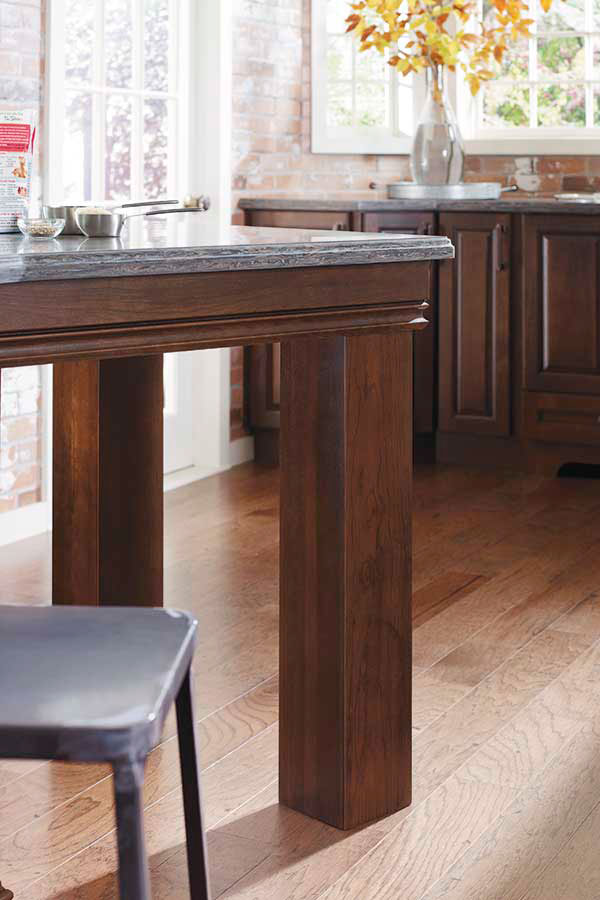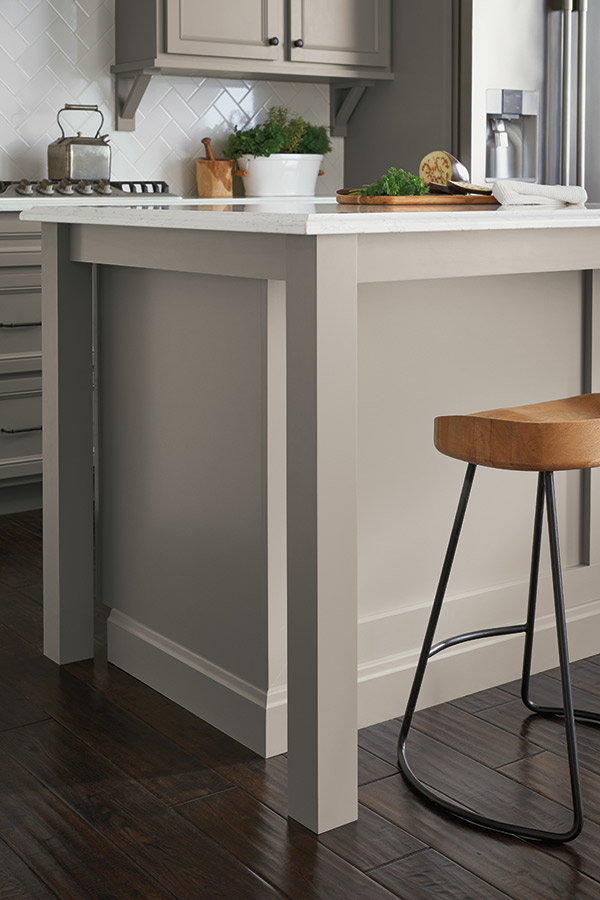Elevate Your Room with Elegant Legs For Kitchen Island Designs
Elevate Your Room with Elegant Legs For Kitchen Island Designs
Blog Article
Important Elements to Consider When Picking Legs For Cooking Area Island
Picking the proper legs for a kitchen area island involves a mindful analysis of several factors that can significantly affect both performance and aesthetic allure. Among these, the choice of product plays an essential role in making certain toughness, while the style must enhance the existing design. Furthermore, factors to consider such as height and weight assistance are vital for stability and convenience. As we explore these components, it ends up being clear that each choice can have significant effects for the general cooking area experience. What nuances should be taken into consideration in each of these categories to attain the perfect equilibrium?
Product Options
When selecting legs for a kitchen island, comprehending the numerous material choices is crucial for achieving both aesthetic allure and architectural integrity (Legs For Kitchen Island). The option of product dramatically influences not only the toughness of the island yet also its overall style and performance
Steel legs, usually made from stainless steel or functioned iron, add a industrial and modern feeling while making certain durability and security. These products are resistant to wear and can support significant weight, making them excellent for bigger islands.
One more option is engineered products, like MDF or plywood, which can be a lot more economical while still providing a series of coatings. Nonetheless, they may not offer the very same degree of stability as solid timber or metal. Materials such as acrylic or glass can develop a contemporary appearance, though they might require added support to make certain stability.
Ultimately, the choice of material for cooking area island legs ought to straighten with the preferred functionality and the general theme of the kitchen area.
Design And Style

When considering style, the shape and coating of the legs are critical. Tapered legs can provide a sense of lightness and sophistication, while thicker, a lot more durable legs can communicate stamina and stability. Additionally, the finish-- be it repainted, tarnished, or all-natural-- must match the cabinetry and countertop materials to develop a unified appearance.
Moreover, the layout of the legs can additionally show personal taste. Custom or attractive legs, such as those including detailed makings or distinct geometric shapes, can act as prime focus, adding character and individuality to the cooking area. Eventually, the best selection will certainly not only boost capability however also boost the aesthetic allure, making the cooking area island a standout function of the home.
Elevation Factors To Consider
Choosing the ideal elevation for kitchen island legs is critical, as it directly impacts both capability and comfort. The typical height for a kitchen island normally ranges from 36 to 42 inches, straightening with typical kitchen counter heights. A 36-inch elevation is optimal for food preparation and food preparation, permitting comfy use kitchen area devices and tools. Alternatively, a height of 42 inches is usually chosen for islands planned for bar seating, fitting taller feceses and providing an informal dining experience.

It is likewise necessary to make up individuals' heights and choices. Customizing the elevation can guarantee a comfortable experience for all member of the family, making the kitchen area island a more delightful and practical space.
Weight Support
Ensuring appropriate weight support for kitchen area island legs is vital for both security and functionality. The kitchen area island frequently offers multiple functions, including food prep work, dining, and additional storage space, requiring a durable assistance framework. When choosing legs, it is crucial to think about the general weight ability called for based upon the island's intended use and the materials that will be positioned on it.
The option of product for the legs plays a significant function in their weight-bearing capacities. Strong wood, metal, and durable compounds typically supply premium stamina contrasted to lighter products. In addition, the design of the legs-- whether they are directly, tapered, or have a pedestal type-- can affect their capacity to distribute weight efficiently across the framework.
In addition, the leg positioning should be tactically prepared to improve security. Legs placed at the edges or with a bigger base can better support heavier loads. Always seek advice from the maker's requirements regarding load limits to guarantee that the legs can sustain the intended weight without jeopardizing security. In summary, selecting kitchen island legs with sufficient weight support is vital for producing a risk-free and practical culinary room.
Installment and Upkeep
Proper installation and upkeep of kitchen area island legs are crucial for ensuring long life and security. To begin, it is Bonuses necessary to adhere to the producer's guidelines throughout installation. This often entails protecting the legs to the space station utilizing appropriate bolts, guaranteeing that the legs are degree and lined up. Utilizing a degree tool can assist prevent tottering and enhance the total aesthetic allure of the kitchen island.
As soon as installed, routine upkeep is required to maintain the integrity and appearance of the legs - Legs For Kitchen Island. For wood legs, periodic cleaning with a moist towel and application of suitable wood gloss can prevent wetness damages and keep their finish. Metal legs might call for a gentle cleaning option to get rid of oil and crud, complied with by a completely dry article source towel to protect against rust formation
In addition, evaluate the legs on a regular basis for indicators of wear or damage, such as fractures or loosened joints. Tightening up screws or screws as required can additionally lengthen the life-span of the legs. By sticking to these installment and upkeep techniques, homeowners can ensure that their kitchen island remains sturdy and aesthetically appealing for several years ahead.
Verdict

Visual comprehensibility is extremely important in selecting the style and design of legs for a kitchen area island, as these aspects considerably affect the total setting of the room. Conical legs can provide a sense of lightness and elegance, while thicker, much more robust legs can convey strength and stability.Choosing the suitable height for kitchen island legs is essential, as it directly impacts both functionality and comfort. In summary, selecting cooking area island legs with ample weight assistance is crucial for Recommended Site developing a secure and useful culinary space.
In conclusion, picking legs for a cooking area island demands cautious consideration of various factors, consisting of product choices, style, elevation, weight assistance, and setup.
Report this page